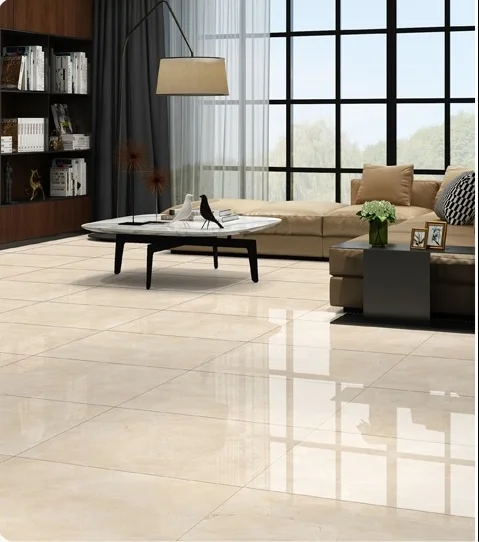Best Commercial Floor Tile Ideas for High-Traffic Areas
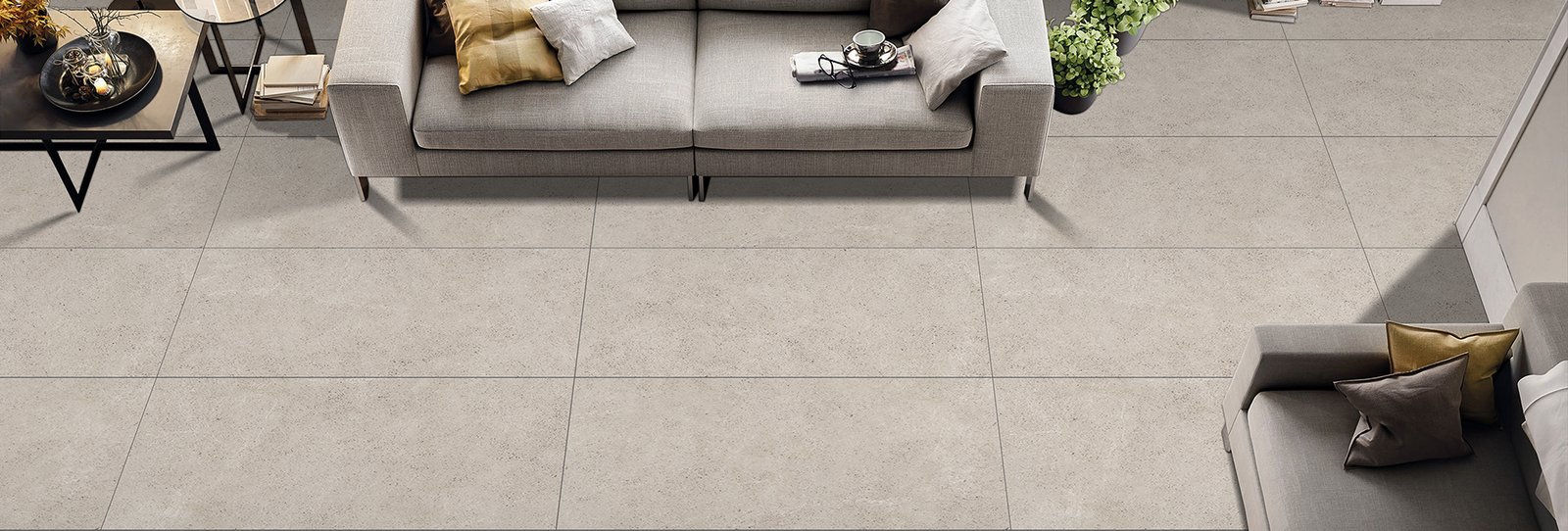
Which is the Best Tile for Your Commercial Space?
In Latin America, the commercial tiles market has seen significant growth in recent years. This growth is driven by increasing urbanization, rising construction activities, and a booming real estate sector. Commercial spaces such as offices, retail stores, restaurants, and hotels demand high-quality flooring solutions that offer durability, aesthetic appeal, and easy maintenance. Latin America’s diverse architectural styles and vibrant cultures influence the choice of tiles, making it essential to select the right type to match the specific needs of commercial spaces.
How to Choose the Right Tile for Your Commercial Space
Choosing the right tile for your commercial space involves several considerations. First, assess the level of foot traffic. High-traffic areas require durable materials like porcelain or natural stone that can withstand wear and tear. Next, consider the design and ambiance you want to create. The tile’s color, texture, and finish play a significant role in setting the mood. For instance, glossy finish tiles can create a sleek, modern look, while rustic tiles add warmth and character.
Safety is another crucial factor. Ensure the tiles you choose have slip-resistant properties, especially in areas prone to moisture, like restrooms and kitchens. Budget constraints also influence the choice. While natural stone tiles are beautiful and durable, they are often more expensive than ceramic or porcelain tiles. Lastly, consider the ease of maintenance. Commercial spaces require tiles that are easy to clean and resistant to stains and spills.
The Latest Trends in Tiles for Commercial Spaces
The commercial tile market in Latin America is continuously evolving, with several emerging trends:
- Large Format Tiles: These create a seamless look with fewer grout lines, enhancing the spaciousness and modernity of commercial interiors.
- Textured Tiles: Tiles with natural textures, such as wood or stone look tiles, add depth and character to commercial spaces.
- Eco-friendly Tiles: Sustainable tiles made from recycled materials are gaining popularity due to increasing environmental awareness.
- Bold Colors and Patterns: Brightly colored and patterned tiles are being used to create focal points and add a unique touch to commercial designs.
- 3D Tiles: These tiles add a tactile element to walls and floors, making them a popular choice for accent walls in commercial spaces.
The Pros and Cons of Different Tiles for Commercial Spaces
Ceramic Tiles
Pros:
- Cost-effective: Ceramic tiles are generally less expensive than other materials.
- Versatile designs: Available in a wide range of colors, patterns, and finishes.
- Easy to install: Ceramic tiles are lightweight and easier to cut, making installation simpler.
Cons:
- Less durable: Ceramic tiles are more prone to chipping and cracking under heavy foot traffic.
- Porous: Without proper glazing, ceramic tiles can absorb moisture, leading to stains and damage.
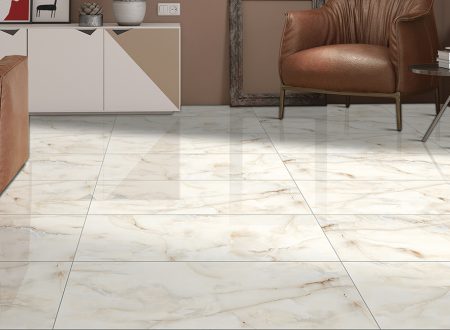
Porcelain Tiles
Pros:
- Highly durable: Porcelain tiles are denser and less porous, making them ideal for high-traffic areas.
- Low maintenance: They are resistant to stains and scratches, making them easy to clean.
- Aesthetic variety: Porcelain tiles can mimic the look of natural stone, wood, or even concrete.
Cons:
- Higher cost: Porcelain tiles are generally more expensive than ceramic tiles.
- Difficult to install: Their density makes them harder to cut and install, requiring professional expertise.
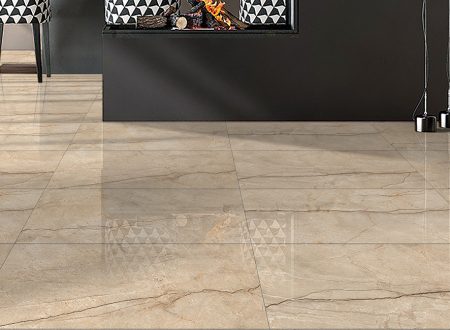
Natural Stone Tiles
Pros:
- Unique appearance: Each natural stone tile is unique, adding a luxurious and authentic look.
- Durable: Stone tiles are highly durable and can last for decades with proper care.
- Adds value: Natural stone can increase the value of your property.
Cons:
- Expensive: Natural stone tiles are among the most expensive options.
- High maintenance: They require regular sealing and maintenance to prevent staining and damage.
- Heavy: The weight of natural stone tiles can complicate installation and may require reinforced subflooring.
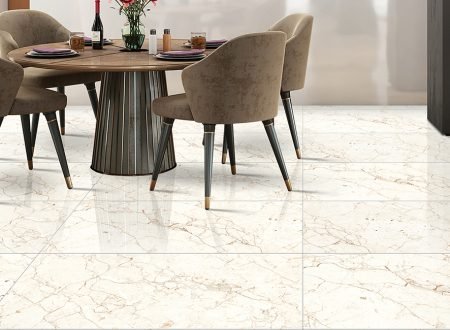
Maintaining tiles in commercial spaces involves regular cleaning and preventive measures:
- Regular Sweeping and Mopping: Prevent dirt and debris from scratching the tile surface by sweeping and mopping daily.
- Use Appropriate Cleaners: Avoid acidic or abrasive cleaners that can damage the tiles and grout. Use pH-neutral cleaners instead.
- Seal Grout Lines: Apply a sealant to grout lines to prevent staining and moisture absorption.
- Prompt Spill Cleanup: Address spills immediately to prevent stains, especially on porous tiles.
- Use Mats and Rugs: Place mats at entrances to reduce the amount of dirt and moisture tracked into the space.
Creative Ways to Use Tile in Commercial Spaces
Tiles can be creatively used to enhance the aesthetic appeal and functionality of commercial spaces:
- Feature Walls: Create eye-catching feature walls with bold patterned or textured tiles.
- Branding: Incorporate company logos or colors into the tile design for a cohesive brand image.
- Accent Area: Use different tiles to define areas within open-plan spaces, such as reception areas or dining zones.
- Outdoor Tiles: Extend the indoor design to outdoor areas with coordinating outdoor tiles, creating a seamless transition.
- Unique Layouts: Experiment with different tile layouts, such as herringbone or chevron patterns, to add visual interest.
Conclusion
Selecting the best tile for your commercial space involves balancing aesthetics, durability, maintenance, and cost. In Latin America, the variety and quality of commercial tiles available cater to diverse needs and preferences. By understanding the pros and cons of different tile materials and keeping up with the latest trends, you can make an informed decision that enhances the functionality and appeal of your commercial space.



